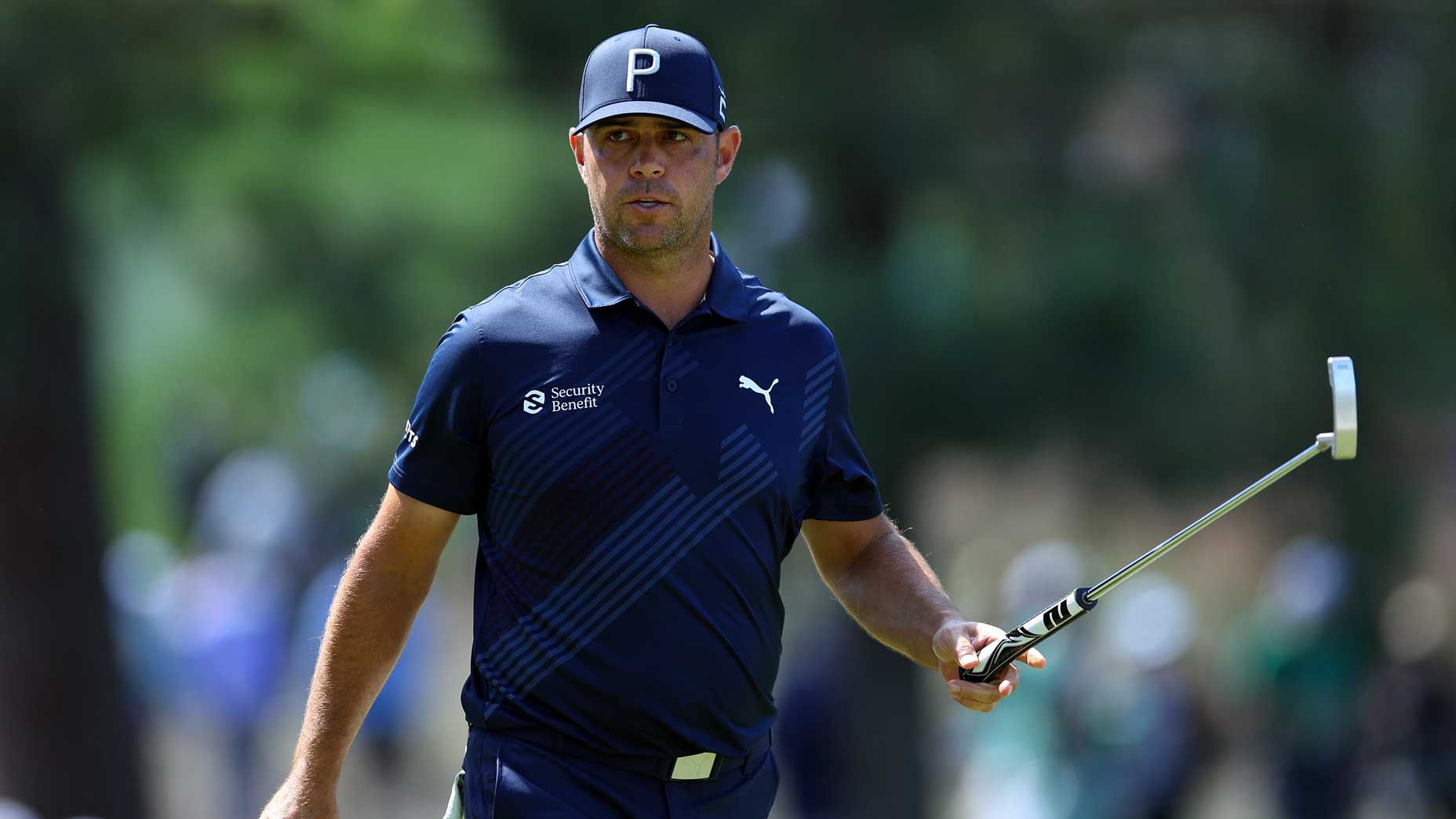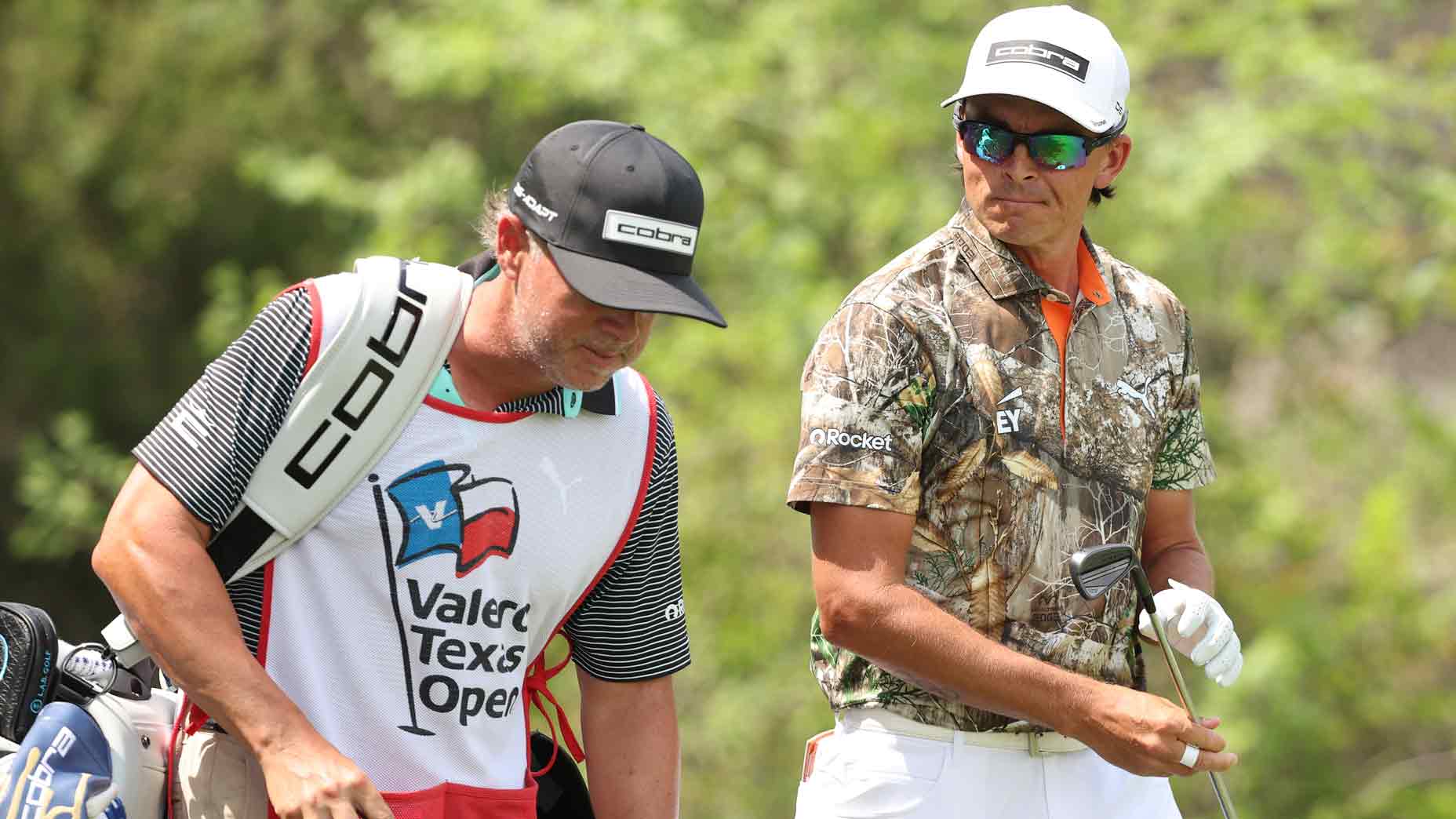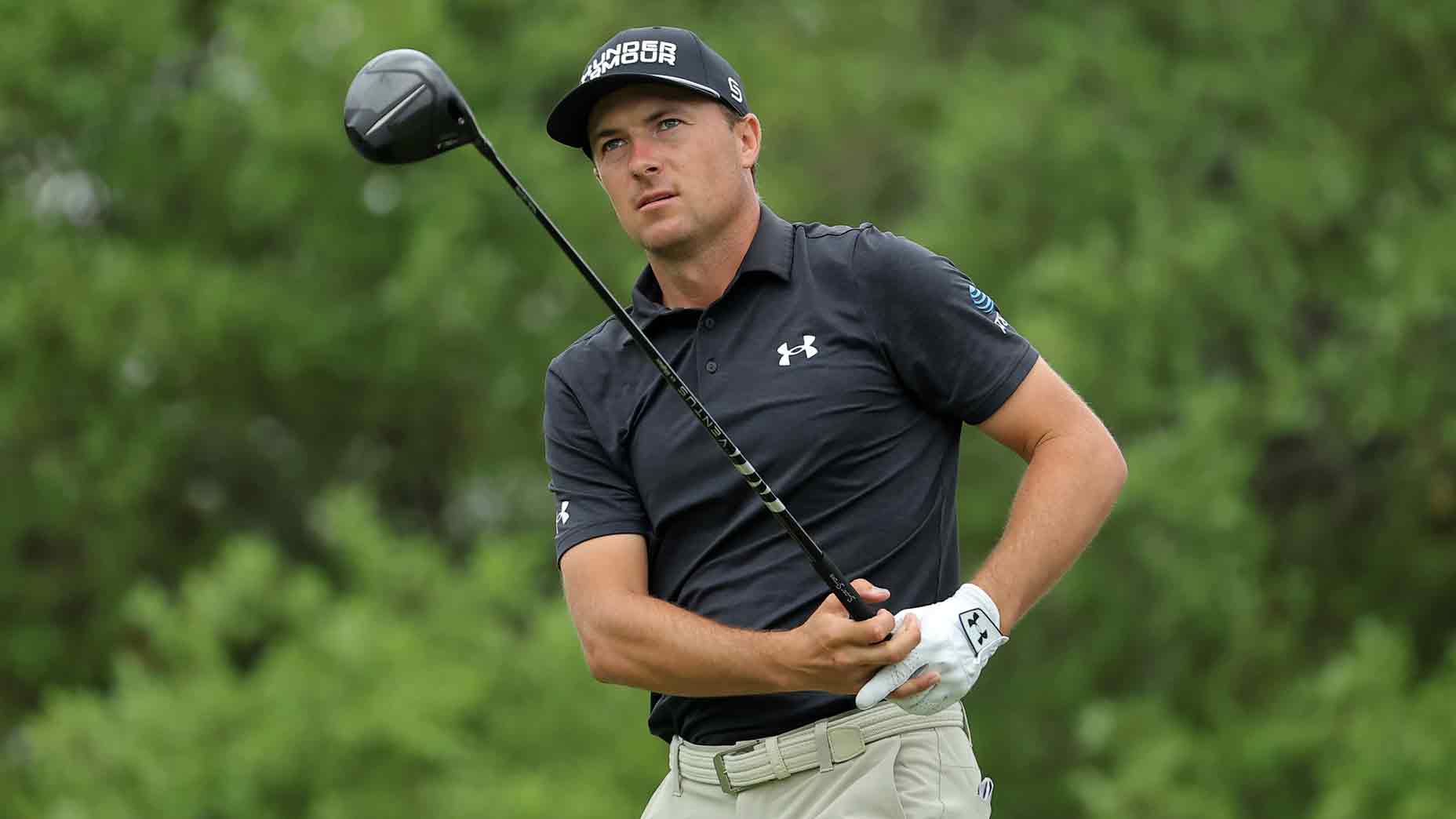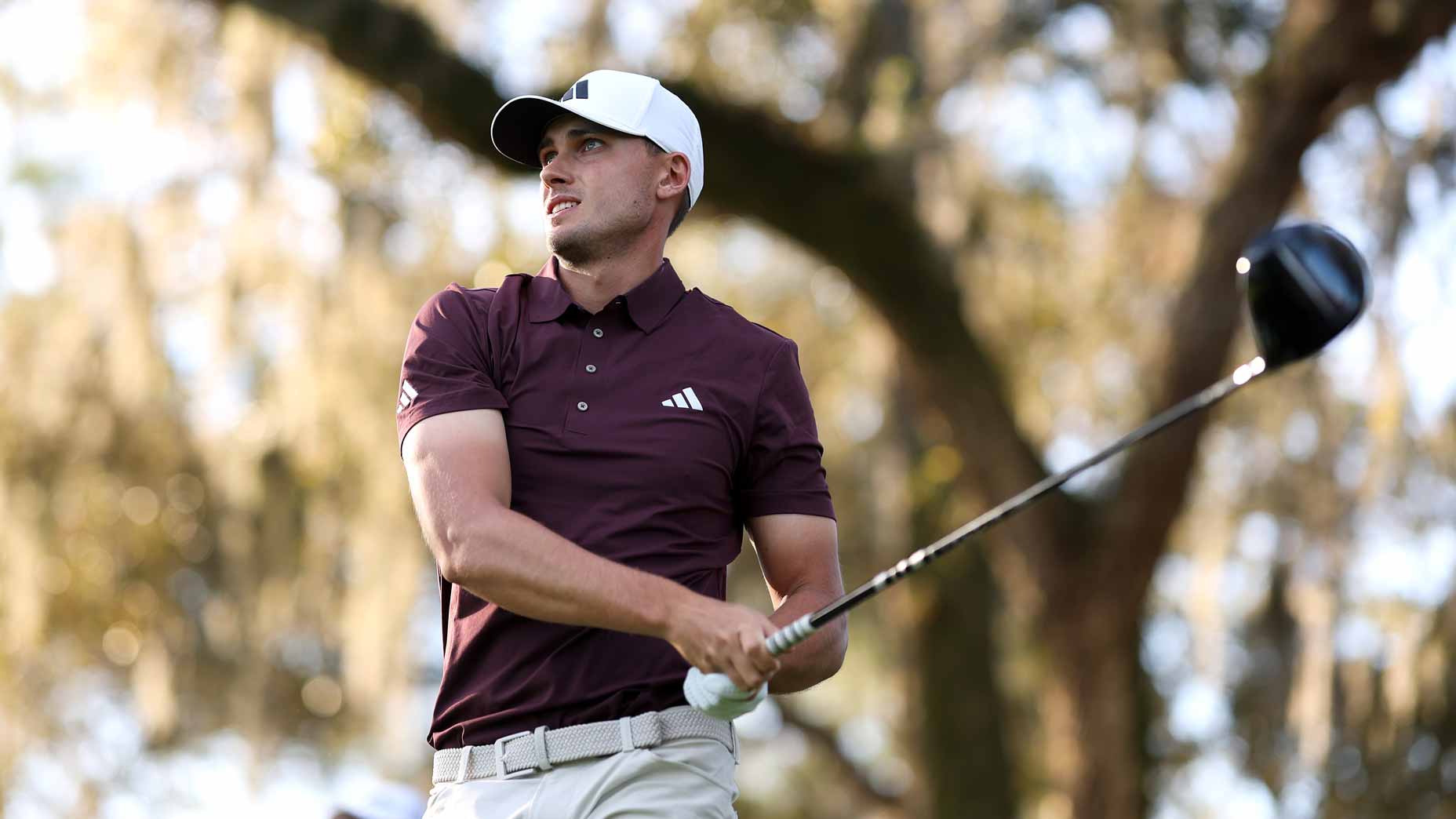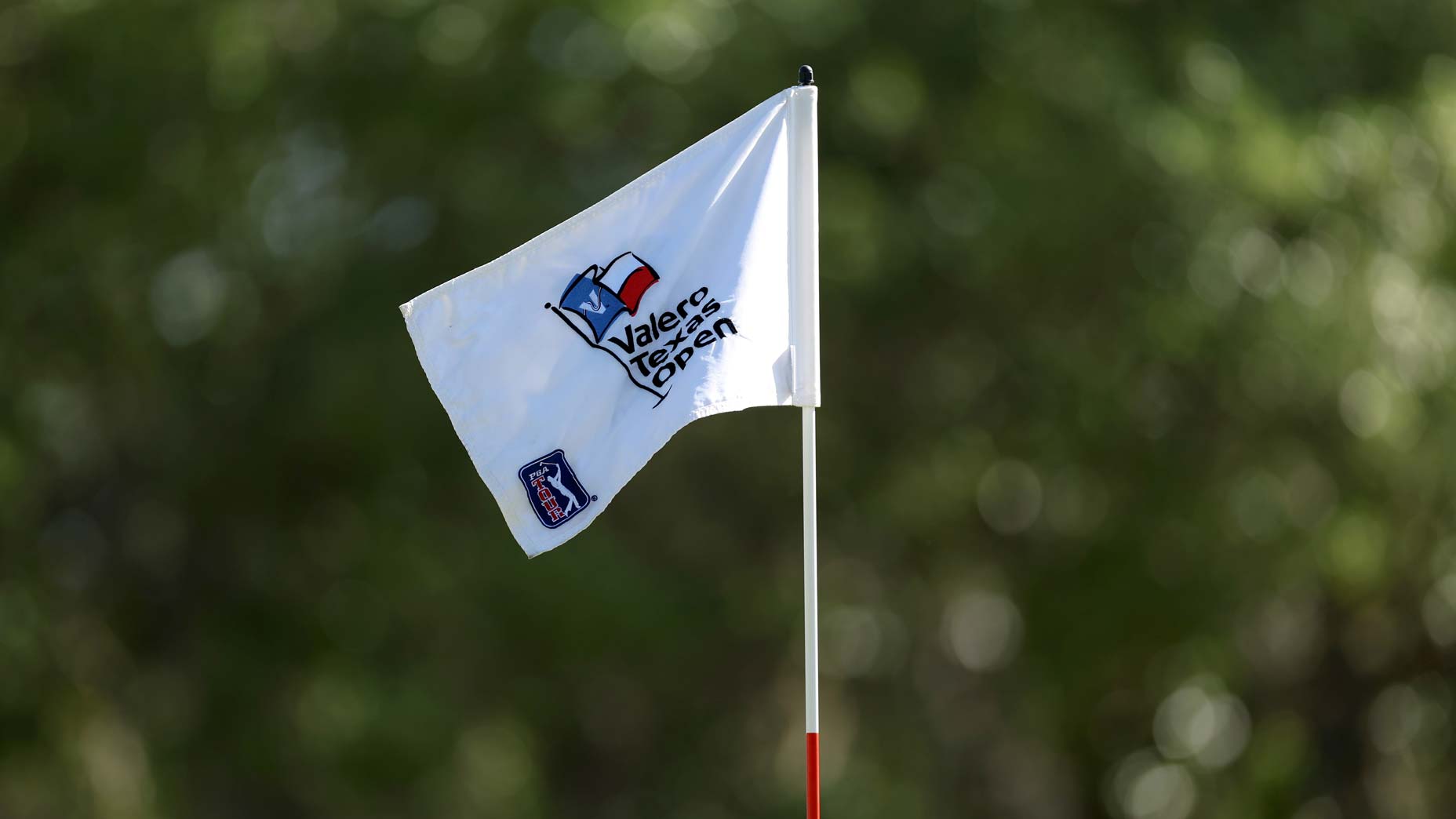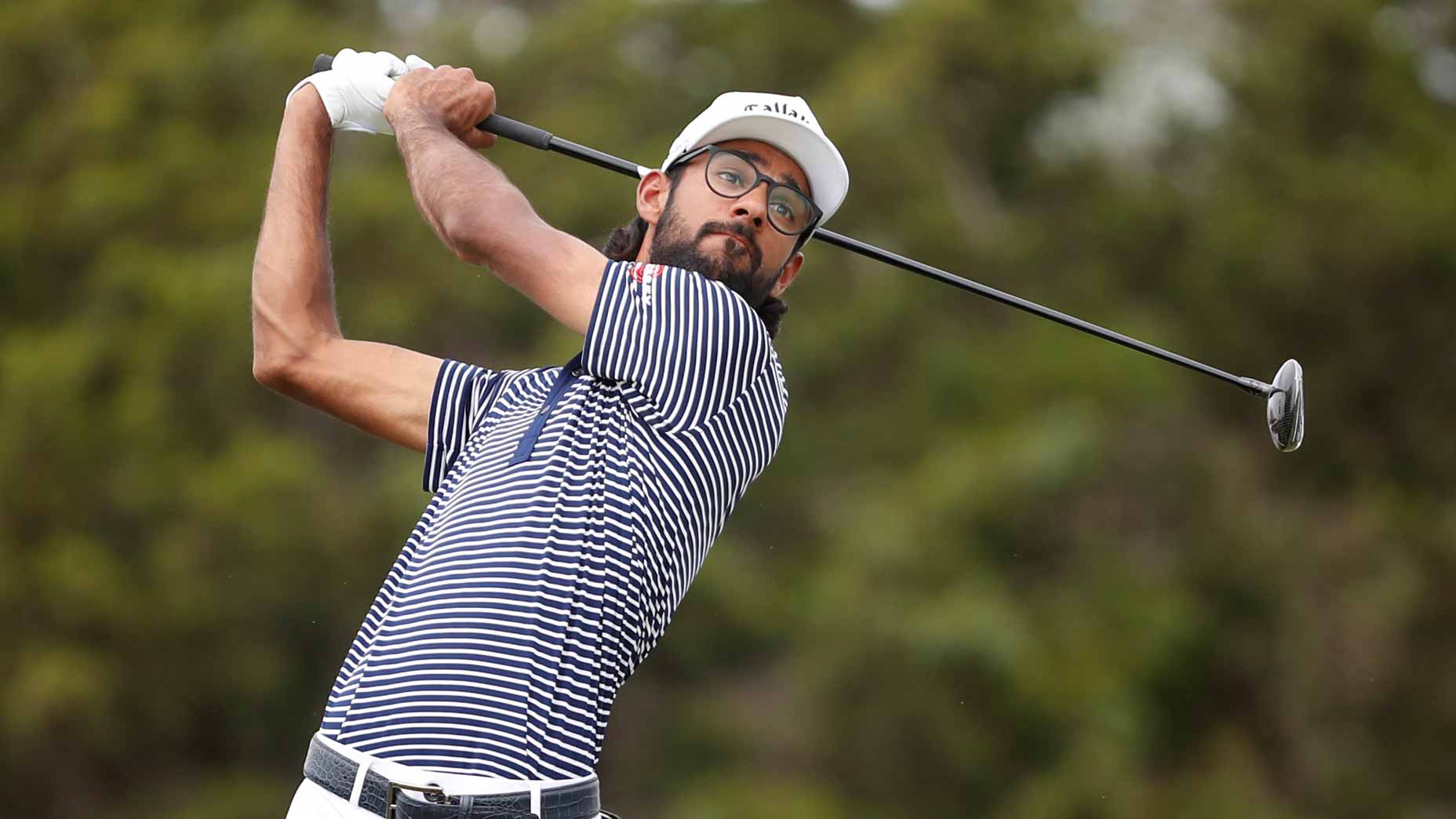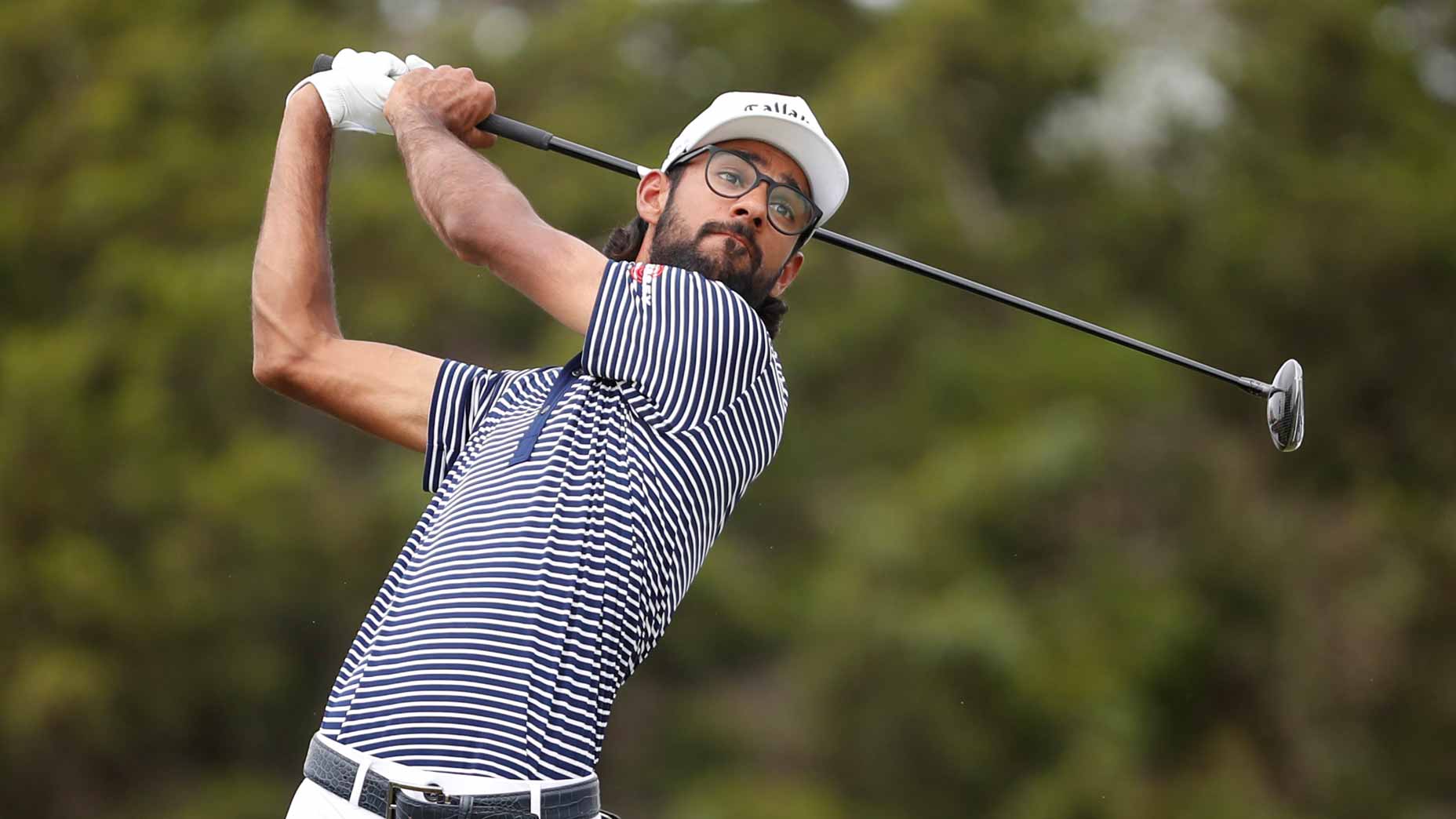Gary Woodland’s brain lesion wracked him with fear. Now, he’s back on Tour
- Share on Facebook
- Share on Twitter
- Share by Email

Gary Woodland, right, is making his return to the PGA Tour this week following brain surgery.
Kevin C. Cox/Getty Images
While some PGA Tour players may see their pursuits on the course as a life-or-death struggle, veteran Gary Woodland knows what it really means to fight for survival.
Last August, Woodland announced that he would be undergoing surgery on a brain lesion that he was diagnosed with in the spring. At the time, Woodland wrote on social media, “I’m in good spirits with my family and team by my side and so thankful for the love and support of everyone.”
But as the 2019 U.S. Open champion revealed Tuesday, he was, in fact, shielding the outside world from the harrowing struggle he was experiencing.
After a successful surgery in September and months of recovery, Woodland is making his return to the PGA Tour this week at the Sony Open in Hawaii. And during his pre-tournament press conference, he opened up about the intense battle he went through over the past year, in which he spent “four and a half months of every day really thinking I was going to die.”
Nearly 4 months after brain surgery, Gary Woodland to return at Sony OpenBy: Josh Berhow
It all started in April when Woodland first started experiencing a host of symptoms that left him full of fear, he said.
“The big one was I just wasn’t feeling like myself. It was a lot of jolting, especially in the middle of the night. Shaking. Hands were really tremoring,” Woodland said. “A lot of fear. That was the one that scared me the most, was I’m a very optimistic person, I believe good things will happen. I was very fear-driven every day, mostly around death.
“As it got worse, loss of appetite, chills, no energy… It started getting so bad I called my doctor who I’ve been with for 13 years and I was like, man, I need something to calm me down. Almost anxiety.”
But in a decision that Woodland now sees as crucial, his doctor decided to give him an MRI before treating his symptoms, and the MRI revealed the lesion on his brain.
“The jolting and everything I was experiencing at night was partial seizures,” Woodland said. “The lesion in my brain sat on the part of my brain that controls fear and anxiety. [My doctor’s] like, ‘You’re not going crazy. Everything you’re experiencing is common and normal for where this thing is sitting in your brain.'”
The first course of action was medication, which helped stop the seizures, but came with its own “horrible side effects,” including memory loss and making him not feel like himself.
Throughout this ordeal, Woodland continued to play on Tour and felt his game was in good place. But the fear and side effects caused all kinds of problems for him. He revealed one particularly scary incident at the Memorial, in Ohio, in June.
“I would be completely asleep and jump out of the bed and fear would set in,” Woodland said. “It was Wednesday or Thursday night of Memorial and I’m laying in bed at 1 [a.m.] grabbing the bed to tell myself I wasn’t falling from heights, I wasn’t dying, for an hour. To have to get up and play the next day and play through it the golf was the only thing that allowed me a little break for a little bit of time. I didn’t have the energy to do it seven days a week, but did give me a little bit of break.”
Eventually the symptoms were too much to continue playing golf, so when Woodland and his doctors decided surgery was the right move, he finally took some time off.
“When I shut it down and decided I was going to have surgery, I had had an hour of energy a day,” he said. “I was telling my wife, I don’t know how I just played. I played 10 weeks with those symptoms. Eight weeks on the meds.”
The surgery came with its own risks, including a chance that he would lose his eyesight and become paralyzed on the left side of his body. But the operation, which removed some but not all of the lesion, was successful, he said, and two days later Woodland refused a wheelchair and walked out the hospital.
Woodland said he received “30 staples in my head” following the surgery and was forced to wear a large bandage over the wound for weeks after. That caused its own problems at home, where his young children feared for his life as he recovered on the couch.
2024 Sony Open in Hawaii: TV schedule, streaming, how to watch, tee timesBy: Kevin Cunningham
With little energy immediately after the surgery, Woodland couldn’t do much. So, with his wife’s permission, he had Full Swing install a putting simulator in the living room so he could at least practice putting while he rested. Five weeks after the surgery, Woodland started swinging a club again for the first time. Shortly after that he started playing on the course, then he flew to Vegas to meet with instructor Butch Harmon, fearing his game had left him amid his health struggles. But Harmon quickly confirmed that Woodland had nothing to worry about.
“Thirty minutes in, [Harmon] was like, ‘G-Dub, you’re right where you’re supposed to be,'” Woodland said on Tuesday.
When asked if the entire experience changed him, Woodland said, “A lot. One, I realize there is a lot of good in this world. The love and support I’ve had has been unbelievable. Even being back this week, seeing the guys, haven’t seen many guys. It’s been overwhelming how good it’s been.”
While he still has to have his brain monitored in case the remaining lesion starts to grow again, Woodland is grateful to be on the other side of his terrifying ordeal and back to his normal life, including his day job. He’s also gained a new, hard-earned perspective on life, as he shared on Tuesday.
“At the end of the day, I just want to prove you can do hard things,” he said. “I want to prove to my kids nobody is going to tell you you can’t do anything. You can overcome tough, scary decisions in your life. Not everything is easy. This came out of nowhere for me, but I’m not going to let it stop me.
“I don’t want this to be a bump in the road for me. I want it to be a jump start in my career… I’m here because I believe this is what I’ve been born to do, play great golf. I want to do that again. It’s been a while. Been a couple years.”
He closed with an optimistic, if not defiant, statement.
“Nothing is going to stop me. I believe that,” Woodland said. “I believe a lot of great things are ahead.”
Latest In News
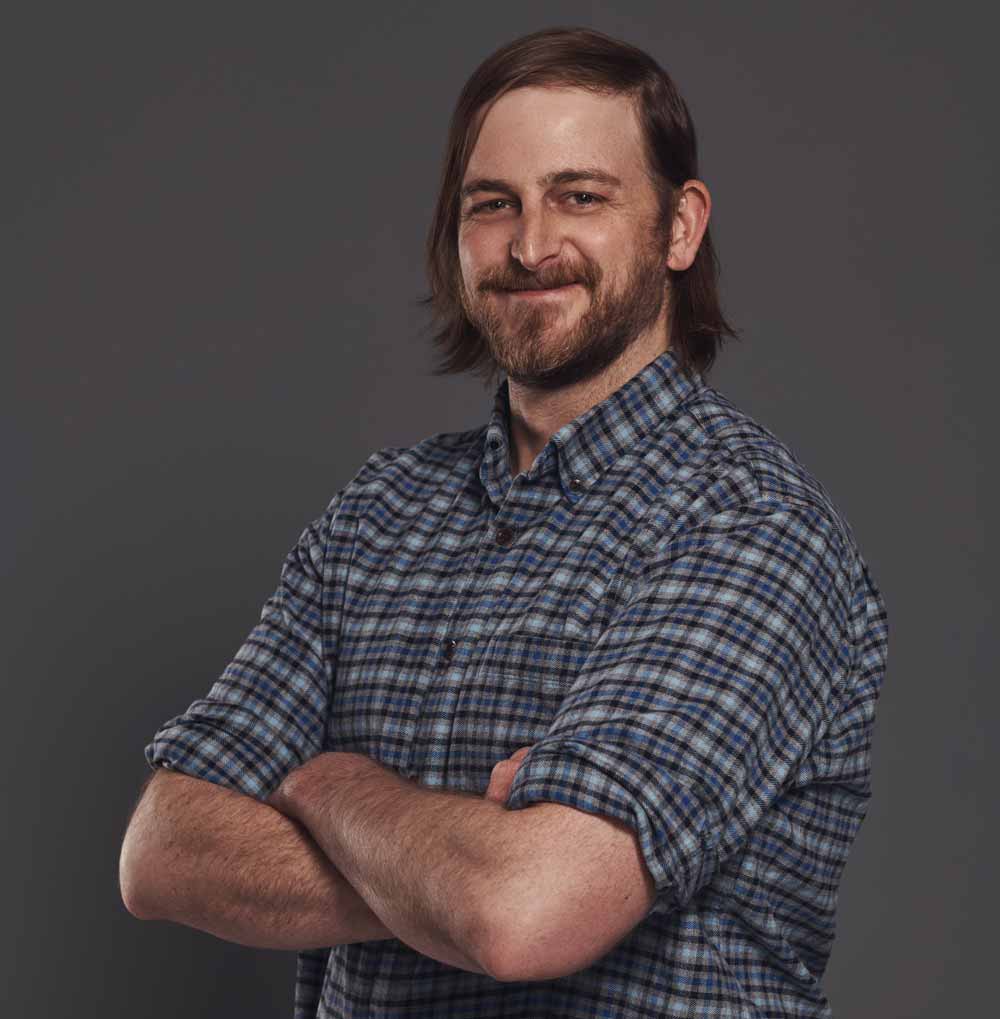
Kevin Cunningham
Golf.com Editor
As senior managing producer for GOLF.com, Cunningham edits, writes and publishes stories on GOLF.com, and manages the brand’s e-newsletters, which reach more than 1.4 million subscribers each month. A former two-time intern, he also helps keep GOLF.com humming outside the news-breaking stories and service content provided by our reporters and writers, and works with the tech team in the development of new products and innovative ways to deliver an engaging site to our audience.

